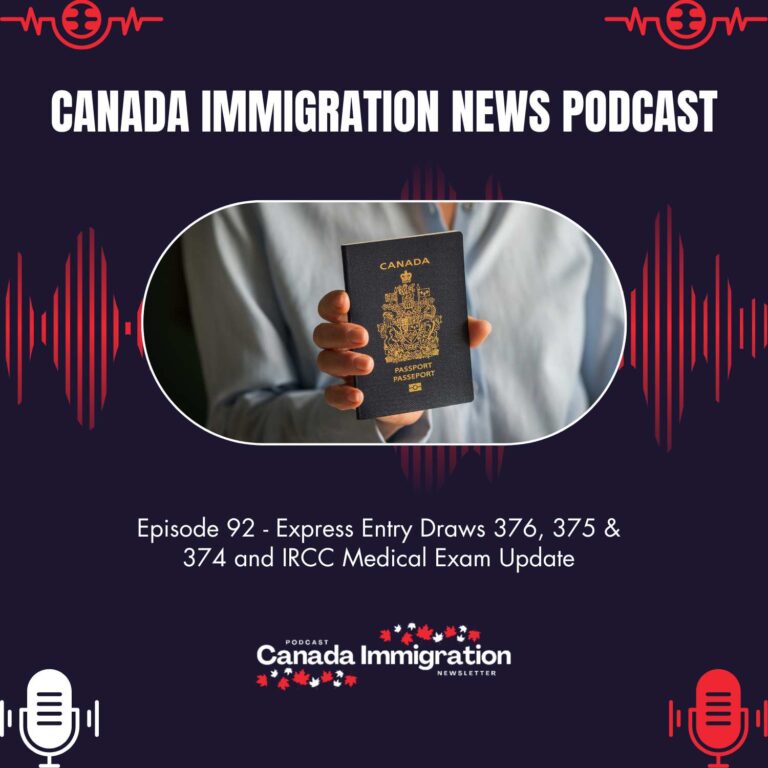Immigration Announcement
Canada Invests $34 Million in French-Language Health Services to Boost Francophone Immigration in Ontario

Ontario just received a major lift for French-speaking newcomers. On August 18, 2025, Canada announced over $34 million to improve access to French-language health services across Franco-minority communities. For families planning a move, this isn’t just a budget line. It’s practical support that can shape your first year in Canada—especially the first doctor’s visit, a child’s check-up, or a mental health referral.
Starting life in a new province is easier when you can speak to your doctor in your first official language. Health Canada has long noted that language barriers can delay treatment and reduce follow-up care. With this investment, Ontario is signalling something clear: French-speaking residents matter, and so do the services they rely on.
Francophone Immigration in Ontario – Where Health and Settlement Meet
A strong health system helps Francophone immigration in Ontario thrive. When newcomers can access care in French, they settle faster, join the workforce sooner, and feel at home. That is good for families. It is also good for employers who need stable, healthy teams in health care, education, tech, and the trades.
What the $34M Funds Will Do?
The investment flows through the Official Languages Health Program (OLHP) and supports four Francophone post-secondary institutions plus direct provincial initiatives. The focus is simple and targeted:
- Recruit and train more French-speaking health professionals
- Expand front-line French-language care in minority communities
- Improve language-identifier data so patients get the right service, in the right language
Where Newcomers Will Feel the Difference
- Family medicine and clinics: intake, diagnosis, and follow-ups in French
- Hospitals and community care: triage, discharge planning, rehabilitation
- Mental health and social services: counselling, referrals, and case management
- Public health: vaccines, prenatal programs, seniors’ services
Quick Look: How Ottawa’s Plan Fits Together
| Policy lever | What it means for you |
| OLHP funding (2023–2028) | More French-language services where you live and work |
| Support for Ontario | Tools to plan, hire, and deliver French-language care |
| Data on language needs | Better matching between patients and providers |
| Links to the health accords | Stable provincial capacity to serve Francophones |
Pathways that Align With This Push
Ontario remains a top destination for French-speaking talent. Several pathways already reward French skills:
- OINP French-Speaking Skilled Worker Stream: CRS-friendly provincial route for skilled workers with French and English ability.
- Francophone Mobility Program: Employer-specific work permits for French-speaking hires outside Quebec.
- Express Entry category-based draws for French speakers: lower cut-offs compared to many all-program rounds in recent cycles.
With more health services available in French, settling near work and near care gets easier.
Planning Your Move
- Check service maps: Look for designated French-language service areas and community health centres near your future address.
- Bring records: Vaccinations, prescriptions, and prior diagnoses. Ask for French or English copies before you travel.
- Register early: Family doctor waitlists move faster when you start soon. Keep your interim coverage details handy.
- Use campus clinics: If you’re an international student at a Francophone institution, ask about French-language care on site.
- Know your rights: In designated areas, you can request care in French. Ask the clinic about French-speaking staff at booking.
How This Supports Employers and Students?
- Hospitals and clinics can staff French-speaking roles faster, cutting wait times and boosting patient safety.
- Post-secondary institutions gain bursaries, placements, and new seats for Francophone learners in nursing, public health, and allied health.
- Employers benefit from healthier, better-supported teams—fewer lost days and smoother onboarding.
What Success Looks Like in Two Years
- More French-speaking nurses, physicians, and allied health staff in clinics you actually use
- Faster triage and follow-up because language isn’t a barrier
- Better health outcomes for Francophone families, including seniors and kids
- Stronger retention of French-speaking newcomers who decide to put down roots
This is a practical step with real benefits for newcomers. It aligns public funding with daily needs—care you can access, in the language you trust. That is how Francophone immigration in Ontario moves from paperwork to real life: school registrations, first jobs, first clinic visits, and a sense that you belong. With a $34M lift to French-language health care, Ontario is making room for growth—and for people. If you are planning your move, Francophone immigration in Ontario just became a stronger, safer choice for your family and your career.























